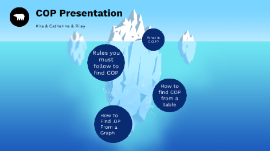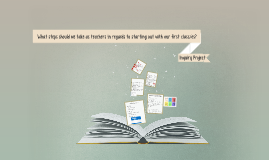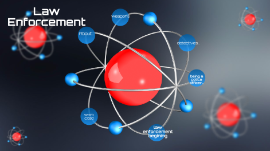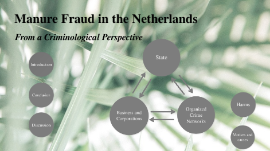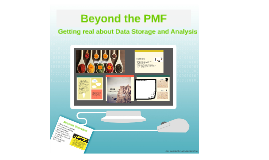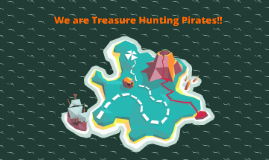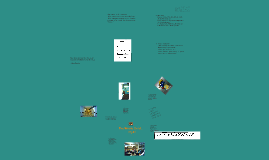CoP Presentation
Transcript: THE SCHOOL Induction and resources Information for TRT’s THE STUDENTS Where to find important information Who knows them best The hands on approach Setting expectations/standards Building relationships What steps should we take as teachers in regards to starting out with our first class/es? Becker, C. (2016). Mr. (S. Waniarcha, Interviewer) Butt, S. (2016, October 11). Community of Practice Interview. (J. Stoll, Interviewer) Cohen, E. G. (1972). Sociology and the classroom: Setting the conditions for teacher-student interaction. Review of Educational Research, 42(4), 441-452. Education World. (2016). Icebreakers Volume 5: All-About-You activities for the first day of school. Retrieved 14th October 2016, from http://www.educationworld.com/a_lesson/lesson/icebreakers_for_kids_2.shtml Finn, J. D. (1972). Expectations and the educational environment. Review of educational research, 42(3), 387-410. Games 4 Gains. (2016). Amaze your students with this Maths magic trick. Retrieved 14th October 2016, from http://games4gains.com/blogs/teaching-ideas/magic-math-card-trick Ganama, D. (2016). Herr. (S. Waniarcha, Interviewer) Grose, M. (2016). Welcome 2016. Willunga Primary School. Hill, P.W., Mackay, A.D., Russell, V. J., & Zbar, V. (2001). The middle years. School innovation: Pathway to the knowledge society Main, K. M., Bryer, F. K., & Grimbeek, P. M. (2003). Forging relationships: An integral feature of middle schooling practice Parentingideas Schools. (2016). Parenting ideas Schools. Retrieved from http://parentingideasschools.com.au Pianta, R. C. (1999). Enhancing relationships between children and teachers. Washington, DC: American Psychological Association. Pittaway, C. (2014). Marsh's Becoming A Teacher (6th Edition ed.). Frenchs Forest, NSW, Australia: Pearson Australia. Saint Peters Boys. (2016). Keystone. Adelaide, SA, Australia. Soodak, L. C. (2003). Classroom management in inclusive settings. Theory into practice, 42(4), 327-333. The Counsil or Education Associations South Australia. (2016). Retrieved from CEASA: http://www.ceasa.asn.au/about-us/what-we-do/ Thorne, C. (2008). Education in the Middle Years: Distinctive approaches for unique students. Australian Journal of Middle Schooling. 8(2), 21-23 The school and teacher's use of authority may affect learning through the organization's effect on the student's sense of control of his environment. Teacher as the ultimate determiner of events? Community-building management strategies that facilitate friendships, collaboration, parent involvement, and address challenging behaviors in a positive, proactive, and educative manner are consistent with the goals of inclusive education. Creating a democratic classroom Social structure and flow of everyday life influences what opportunities members have to learn, how the opportunities will be accomplished, and what results from participating (alone and in groups) in everyday events (e.g., learning, failure to learn, or simply participating). Lesson and classroom structure Inquiry Project • Fundamental aspect for effective teaching • Easier classroom management • Show respect toward students • Connections foster a healthy and positive learning environment • Need time for interactions and to build relationships • Incorporate relationship and team building activities into the curriculum • Examples for activities in different topic areas o Physical Education o Geography o English o Maths • Meaningful and respectful relationships are crucial • They create safe and comfortable environment for students • Students may become more willing and engaged participants in the class • Overall enjoyment for both teacher and students References Does the school have any set routines in place for staff? Basic structures for how to set out work spaces are often provided, however a hard and fast lesson structure and routine is not provided by the school. Is there a structure to the day that needs to be taken into account? Lessons are of course structured to a timetable, so this will need to be taken into consideration. Usually, a lesson should consist of an introduction, body of lesson and reflection, or something similar. Should your lesson structure be mirror others in your cohort? This is often a subjective question, however, it is not a requirement by most schools as it allows a personalised feel in each of your classes. Are there PD days to help? There are not specifically designed days for classroom set up however most schools allocate days at the beginning of the year to undertake the process Getting to know..






